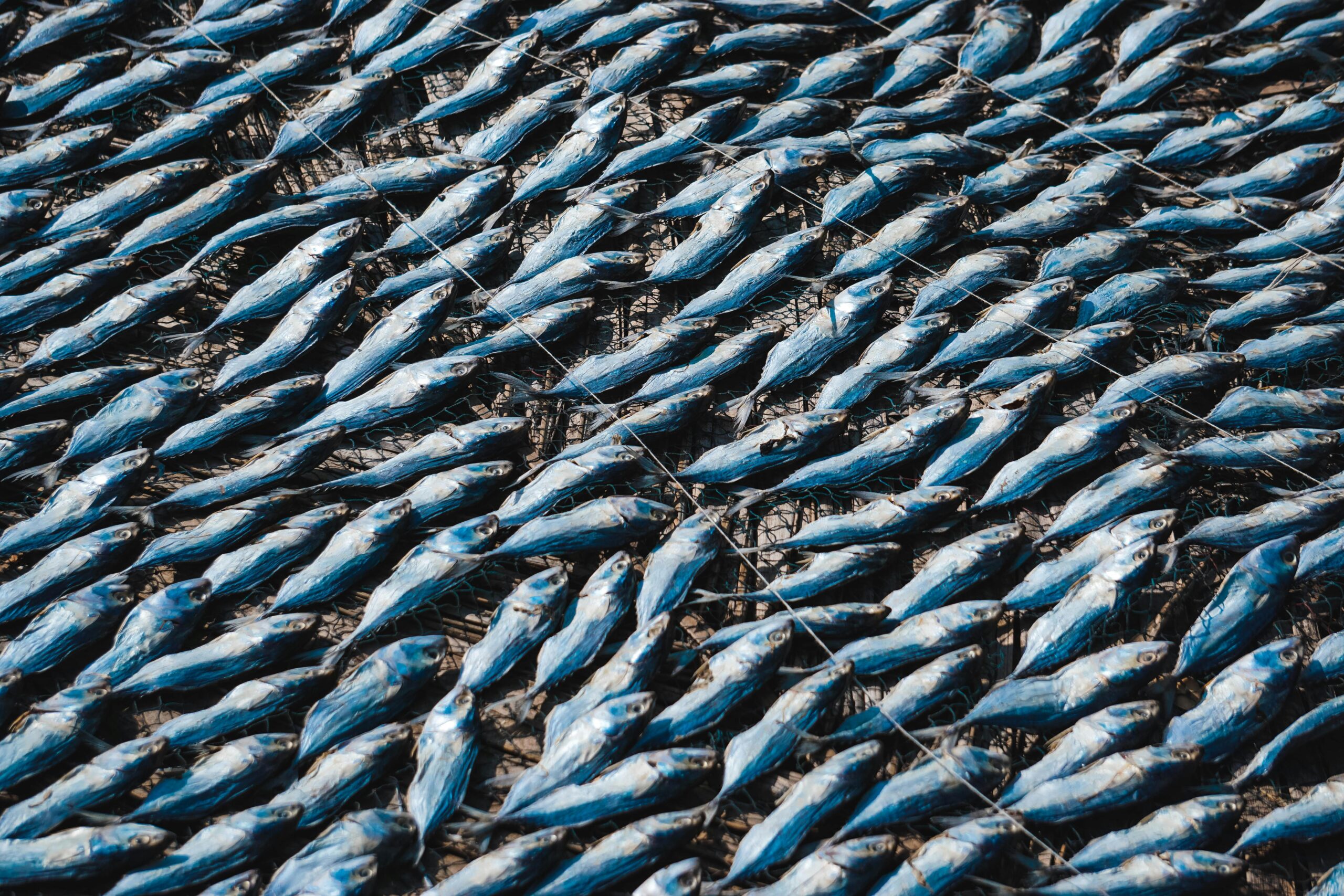
Fish and seafood are among the most traded food commodities globally, supporting livelihoods, food security, and multi-billion-dollar industries. This analysis covers wild-caught and farmed fish, major markets, pricing factors, and future trends.
1. Key Categories of Fish as a Commodity
Fish are broadly classified into:
A. Wild-Caught Fish
-
Pelagic (Open Water): Tuna, mackerel, sardines.
-
Demersal (Bottom-Dwelling): Cod, haddock, pollock.
-
Shellfish: Shrimp, crab, lobster, oysters.
B. Farmed (Aquaculture) Fish
-
Freshwater: Tilapia, catfish, carp.
-
Marine: Salmon, seabass, seabream.
-
Shellfish: Shrimp, mussels, oysters.
2. Global Fish Production & Trade (2024)
Top Producing Countries
| Country | Key Products |
|---|---|
| China | #1 in aquaculture (tilapia, carp, shrimp). |
| India | Major shrimp & inland fish producer. |
| Indonesia | Tuna, shrimp, seaweed. |
| Norway | Atlantic salmon (leading exporter). |
| Vietnam | Pangasius, shrimp. |
| USA | Alaska pollock, salmon, catfish. |
Largest Exporters & Importers
-
Top Exporters: Norway (salmon), China (processed fish), Ecuador (shrimp), India (shrimp).
-
Top Importers: EU, USA, Japan, China (growing demand).
3. Pricing & Market Dynamics
Key Price Determinants
✔ Supply & Catch Levels (Overfishing vs. quotas).
✔ Feed Costs (Soy, fishmeal prices impact aquaculture).
✔ Trade Policies (Tariffs, import bans, sustainability rules).
✔ Consumer Trends (Organic, wild-caught, sushi-grade demand).
✔ Climate Change (Ocean warming affects fish stocks).
Commodity Pricing Examples (2024)
| Fish Type | Price Range (USD/kg) | Market Notes |
|---|---|---|
| Atlantic Salmon | $6–$12 (Norway export) | High demand in EU/US. |
| Shrimp (Vannamei) | $4–$8 (India/Ecuador) | Major fast-food supply. |
| Tuna (Skipjack) | $1.50–$3 (canned) | Cheap protein source. |
| Cod (Wild) | $8–$15 | Declining stocks. |
4. Commodity Trading & Futures
-
Fish is not heavily traded on futures markets (unlike grains or livestock).
-
Exceptions:
-
Fishmeal & Fish Oil (Used in feed, traded on commodities exchanges).
-
Salmon Price Indexes (Norway’s Nasdaq Salmon Index tracks global prices).
-
-
Most fish is sold via contracts or spot markets.
5. Challenges & Future Trends
Key Challenges
⚠ Overfishing – 34% of global stocks overexploited (FAO).
⚠ Disease in Aquaculture – Shrimp farms hit by early mortality syndrome.
⚠ Climate Change – Shifting fish populations (e.g., cod moving north).
⚠ Regulatory Pressures – EU bans on IUU (illegal fishing) imports.
Emerging Trends
-
Alternative Seafood
-
Plant-based (e.g., Impossible Fishless Nuggets).
-
Lab-grown fish (startups like BlueNalu).
-
-
Blockchain Traceability
-
Walmart, Carrefour track fish from catch to shelf.
-
-
Eco-Certifications
-
MSC (wild-caught), ASC (farmed) labels gain importance.
-
-
China’s Domestic Demand Surge
-
Shift from exporter to consumer of premium seafood.
-
6. Future Outlook
-
Growth in Aquaculture – Will supply 60%+ of global fish by 2030.
-
Price Volatility – Climate and feed costs create uncertainty.
-
Sustainability Focus – Retailers demand certified seafood.
Conclusion
Fish remains a high-demand, volatile commodity, with aquaculture dominating future supply. Trade wars, climate change, and alternative proteins will reshape the industry.
